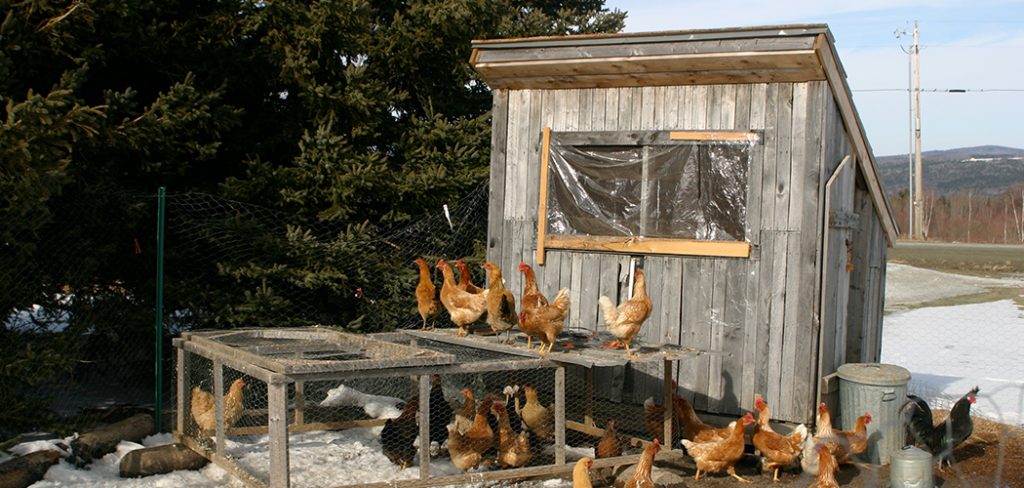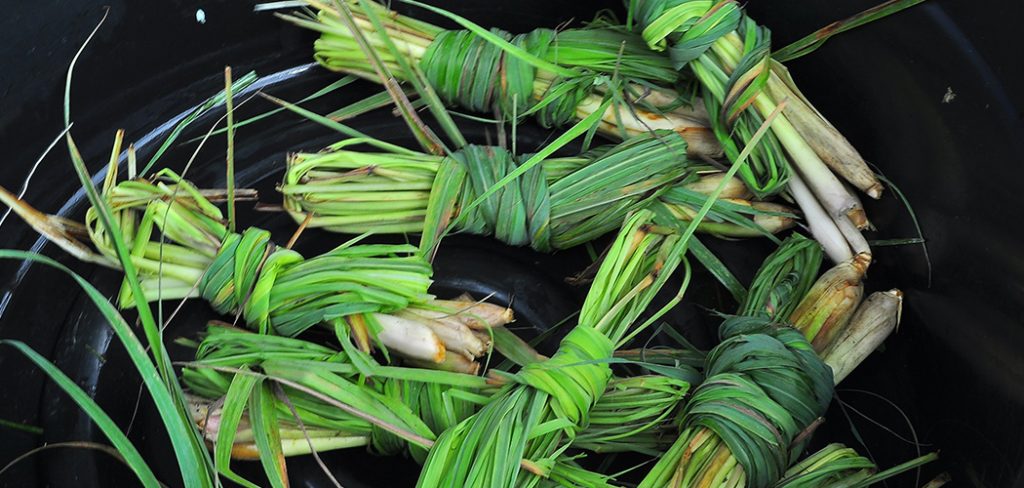Deadheading is particularly necessary, especially when it is done consistently, as it encourages new growth. This growth occurs at the buds located along the pruned area. The result of this is a bushy plant that is very attractive. So how do you deadhead petunias? Let’s start with the process.
Petunias are unsightly colorful annual plants, and their flowers are stunning. This makes the petunias among, if not the most admired, flowers of the garden. Caring for these flowers is easy and quite inexpensive. Which will guarantee your garden will be filled with a massive variety of colors throughout summer. A majority of petunias continue to bloom throughout the season for growing. Thus, their branches will grow in length and become leggy, having sparse leaves as well as flowers. Also, petunias blossoms are known to have a short life span. You will remain with the tedious job of deadheading.
Process of Deadheading Petunias
Deadheading petunias is a simple process that requires paying attention to detail. Once you grasp the concepts and the procedures right. It is one most straightforward jobs you can do around your garden. It merely is not a matter of plucking the wilted flower since the flowers naturally wilt, die, and fall of the plant. In fact, schoolchildren can find this work pretty much enjoyable, and they will do an excellent job. Teaching your children how to deadhead petunias can be the right way for keeping your kids occupied. Especially now that there is a pandemic with us, and they are cooped up at home doing nothing.
The process of deadheading involves cutting or pinching off the flower together with the just beginning seed head underneath it (the intersecting point with the stem). These are the two fundamental rules you must be aware of when deadheading your petunias plants. Using your fingernails is an alternative method for pinching through the stem. Most preferably, use a pair of garden scissors, or a pair of snips as well as garden shears. This will get the job done as well. What you need to do is to track a downward trail on the stem to the leaves and just right above the leaves, clip the stem. The end result is a plant that bushes out that will make flowers to be more even.
Deadheading your petunias plants will help in avoiding plants that have straggly stems that lack blooms for the better part of the season. Deadheading will also ensure that your garden appears colorful and maintain its productivity.
Wonder how to grow Cornflowers? Find out here.
Types of Petunias
There is a total of four types of petunias, with numerous assortmentsof petunias. These are; the multiflora, which is denserwith small flowers, the Grandiflora, which can be identified due to its large flowers, the ground cover petunias, and the multiflora—a miniature petunia. Two of these types are self-cleaning, namely, the multiflora as well as the ground cover petunias; therefore, you don’t have to pinch these plants.
Growing Petunias in Containers
If you opt for growing petunias in containers, you should be aware of the fact that these petunias are prone to leggy branches if deadheading is not performed. So what should you do to maintain the look of these petunias? Well, first, you need to be on the lookout on when the flowers will wilt. Once this happens, this is the right time to deadhead your flowers. Petunias that are grown in the garden have a more vibrant look due to the highquantityof nutrients. In addition to this, their livelylook is also determined by the deadheading process.
Long-limbed Petunias
after deadheading your petunias, grown in containers or in the garden, you need to inspect the branches. Usually, long-limbed petunias have branches that are growing too far outward from the plant itself. These are the branches that you need to work on, and you need to cut them half-length. Nonetheless, if the plants have developed a considerable amount of seed heads, then they might be thinking the season has come to an end, which will inhibit their recovery. To ensure that your petunias plants continue to grow into the late summer, normaldeadheading should do the trick.
Reason for Deadheading Petunias
A common question most people ask is why they should deadhead their petunias. The reason for deadheading petunias can be understood by focusing on the reproduction process of petunias. So why should you remove spent flowers from the petunia plant? The answer to this is rather simple. Plants reproduce, the main reason there are alive probably, and the petunia being an annual plant develop blooms, which finally creates new seeds. When the flower matures and dies falling off the plant, it will end up spending energy in developing a new seed pod. By deadheading the old bloom plus the forming pod, the petunias plant will start all over again from the beginning. The result of your hard work will be bushy plants that have constantblooms throughout the growing season.
Conclusion
Deadheading petunias is a simple process that requires paying attention to detail, and once you grasp the concepts and the procedures right, it is one most available jobs you can do around your garden. The process of deadheading involves cutting or pinching off the flower, together with the initialseed head underneath it.
Deadheading your petunias plants will help in avoiding plants that have straggly stems lacking blooms for the better part of the season. The reason for deadheading petunias can be understood by focusing on the reproduction process of petunias. By deadheading the old bloom plus the forming pod, the petunias plant will start all over again from the beginning.
If you opt for growing petunias in containers, you should be aware of the fact that these petunias are prone to leggy branches if deadheading is not performed. After deadheading your petunias, grown in containers or in the garden, you need to inspect the branches. The result of which will pay off by having beautiful good-looking bushy plants, so now you know how to deadhead petunias.
Read my article in growing Growing varieties of pond lilies.

